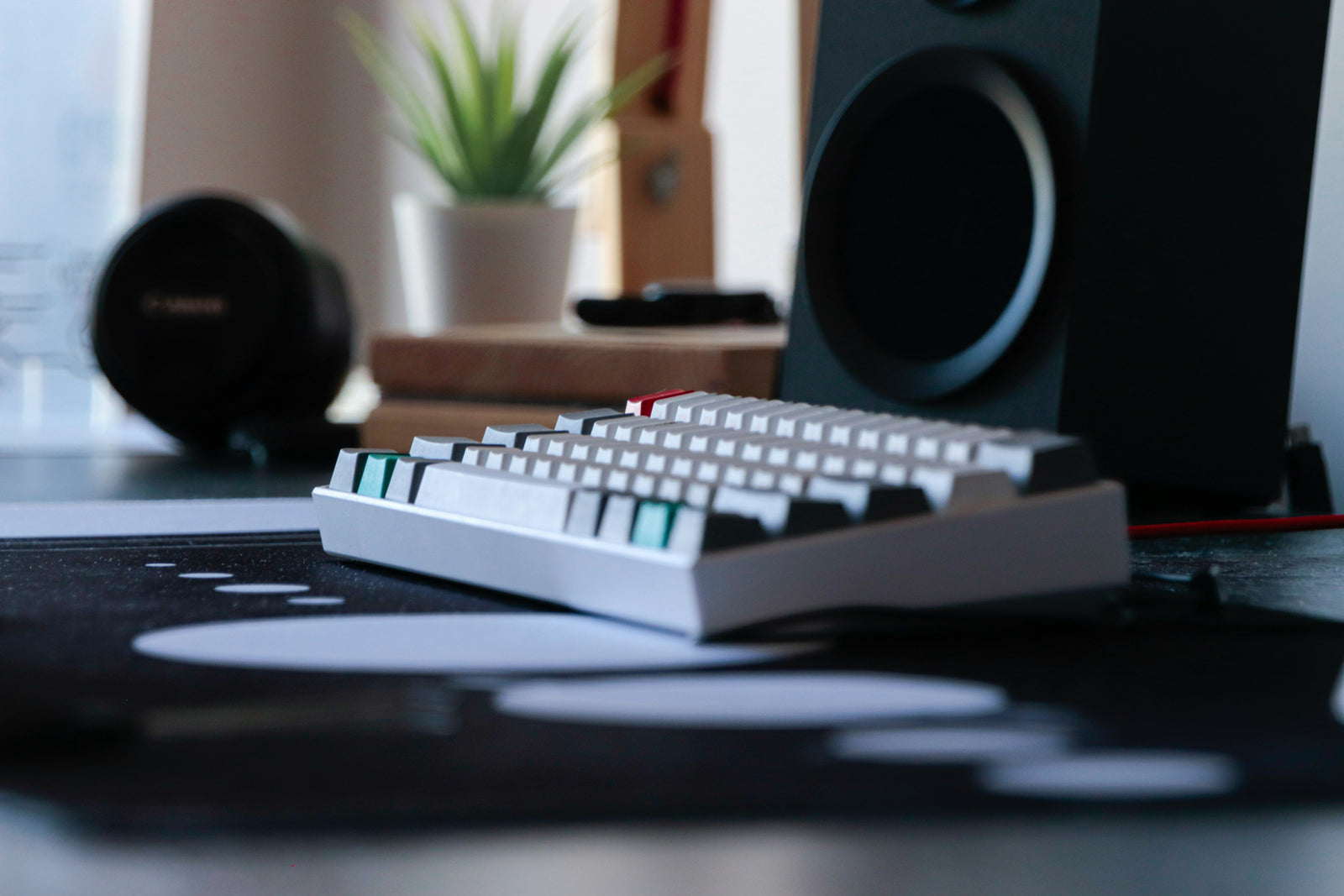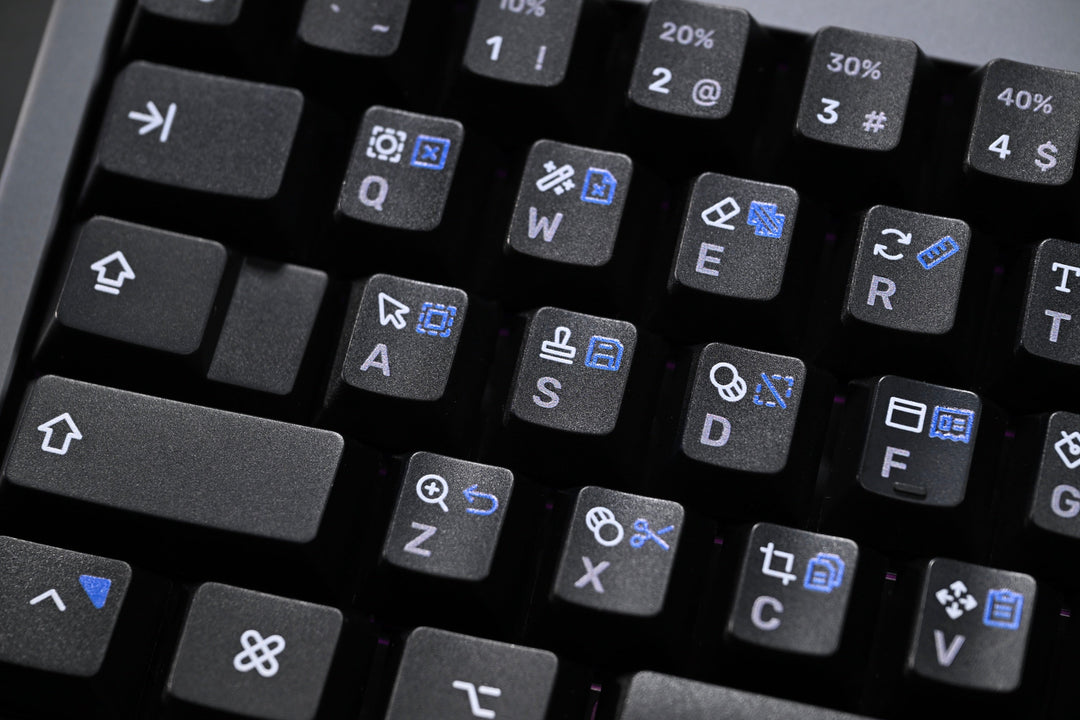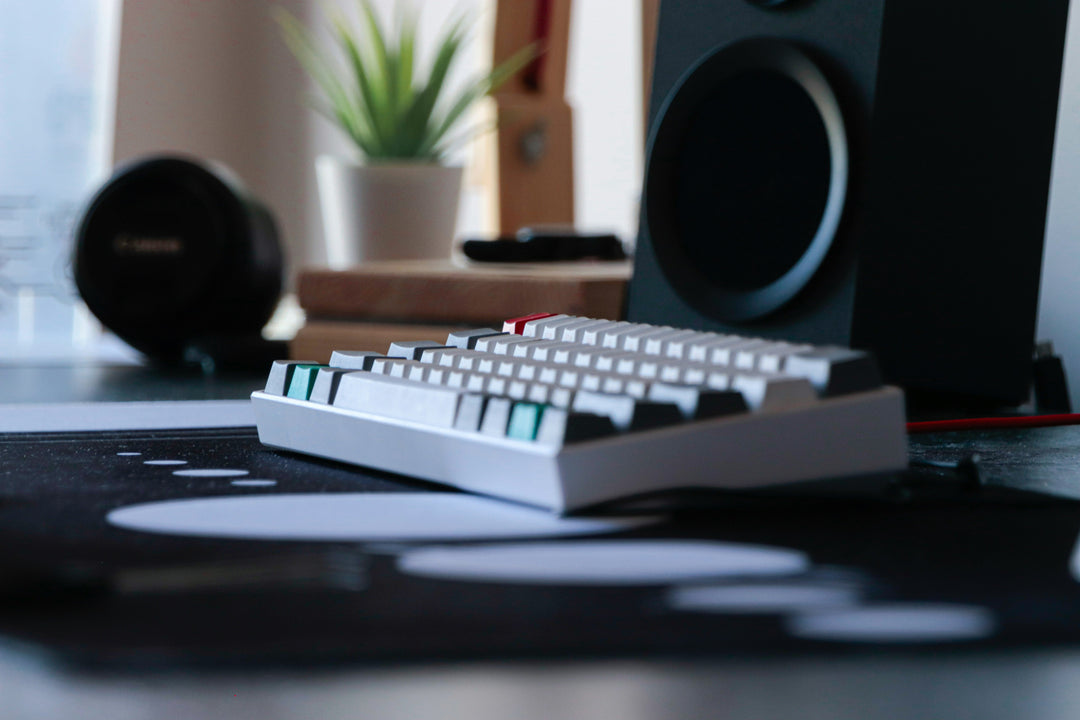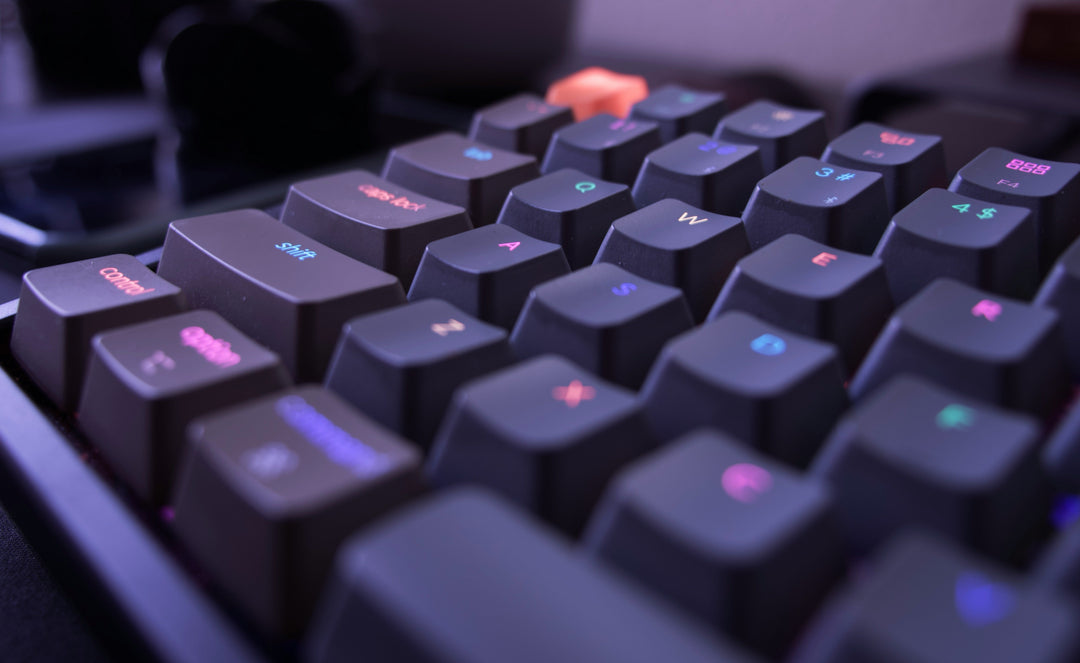Mechanical Keyboards 101: Everything You Need to Know Before Buying Your First Board

Why Mechanical Keyboards Are Worth Your Attention
For most people, the keyboard is an afterthought. It is the thing that came in the box with the computer or the built-in set of flat laptop keys. But if you spend hours every day typing, designing, coding, or editing, the keyboard is one of the most important tools you own.
Mechanical keyboards are not new. In fact, the earliest PC keyboards were mechanical. They were replaced over time by cheaper rubber dome models that sacrificed feel and durability for lower cost. In recent years, mechanical keyboards have made a comeback, and with good reason. They are more comfortable, more durable, and far more satisfying to use.
If you are considering buying your first mechanical keyboard, this guide will walk you through the essentials.
What Makes a Keyboard “Mechanical”
The difference comes down to the switch.
A typical membrane keyboard uses a rubber dome. Press a key, the dome collapses, and a circuit is completed. The result often feels soft or mushy, with little feedback. These domes also wear out quickly, which is why cheap keyboards start to feel inconsistent after a couple of years.
A mechanical keyboard replaces that dome with an individual switch for every single key. Inside each switch is a spring and a mechanism that activates when pressed. This design offers:
- Longevity: Most switches are rated for 50 million presses or more compared to 5 million on a membrane keyboard.
- Consistency: The feel of the first keypress is the same as the ten millionth.
- Feedback: Mechanical switches give you a tactile bump or click that confirms the key has been pressed.
In short, a mechanical keyboard feels precise, reliable, and built to last.
Switch Types Made Simple
There are hundreds of switch models, but they fall into three simple categories:
- Linear: Smooth from top to bottom. Quiet, fast, and consistent.
- Tactile: A small bump at the actuation point. The most balanced option for beginners.
- Clicky: A tactile bump combined with a sharp click sound. Loved by traditional typists, but not ideal for shared offices.
At Hot Keyboards, we often recommend tactile switches for a first board. They provide feedback without excess noise and help beginners build typing confidence quickly.
Keyboard Sizes and Layouts
One of the first choices you will face is size. Mechanical keyboards are available in several form factors:
- Full Size (100%): All keys, including a number pad. Ideal if you work heavily in spreadsheets or accounting.
- Tenkeyless (TKL): No number pad, which makes the board more compact and keeps the mouse closer. The most versatile choice for everyday work.
- 75% and 65%: Compact designs that keep the essential keys, but remove less frequently used ones. Perfect for smaller desks or portable setups.
- 60%: Strips away the function row, arrows, and navigation keys. Very small, but requires use of layers for missing functions.
For most new users, a TKL or 75% board offers the best balance between functionality and desk space.
If you don't need the Function row (F1, F2, etc.) you can even reduce it further to a 65%.
Why Beginners Notice a Difference Immediately
People who switch to a mechanical keyboard for the first time often describe it as a revelation. The improvements are tangible:
- Comfort: Springs and precise actuation reduce finger fatigue during long sessions.
- Speed and accuracy: Feedback at the actuation point means you press keys with more certainty and make fewer mistakes.
- Durability: A mechanical board will last for years, often outliving the computer it is connected to.
- Customization: Keycaps can be swapped to refresh the look of your board or even adapted for specific software.
In short, a mechanical keyboard feels like a professional tool rather than a disposable accessory.
The Best First Step: Hot Keyboards WK Series
At Hot Keyboards, we offer beginner-friendly options that give you the benefits of mechanical typing without complexity or high cost.
Our WK87 (Tenkeyless) and WK68 (65%) both offer:
- Silent, smooth switches that are easy to type on for hours.
- Three connection modes: wired, Bluetooth, and 2.4 GHz wireless dongle.
- Sturdy cases that provide long-term reliability.
- Accessible pricing so you can start with quality right away.
Pair one with our software-specific keycap sets for Photoshop or Illustrator (or one of the many others), and your first mechanical keyboard becomes more than a typing device. It becomes a workflow accelerator.
Final Thoughts
If you spend hours at a computer every day, your keyboard is not just another piece of hardware. It is the bridge between your ideas and your work. A mechanical keyboard gives you a faster, more comfortable, and more durable connection to your tools.
When you choose the right size, the right switches, and the right keycaps, your keyboard becomes something you look forward to using, not something you tolerate.
Your first mechanical keyboard is not just an upgrade. It is the beginning of a better way to work.
Explore our keyboards collection and find the board that fits your workflow today.


